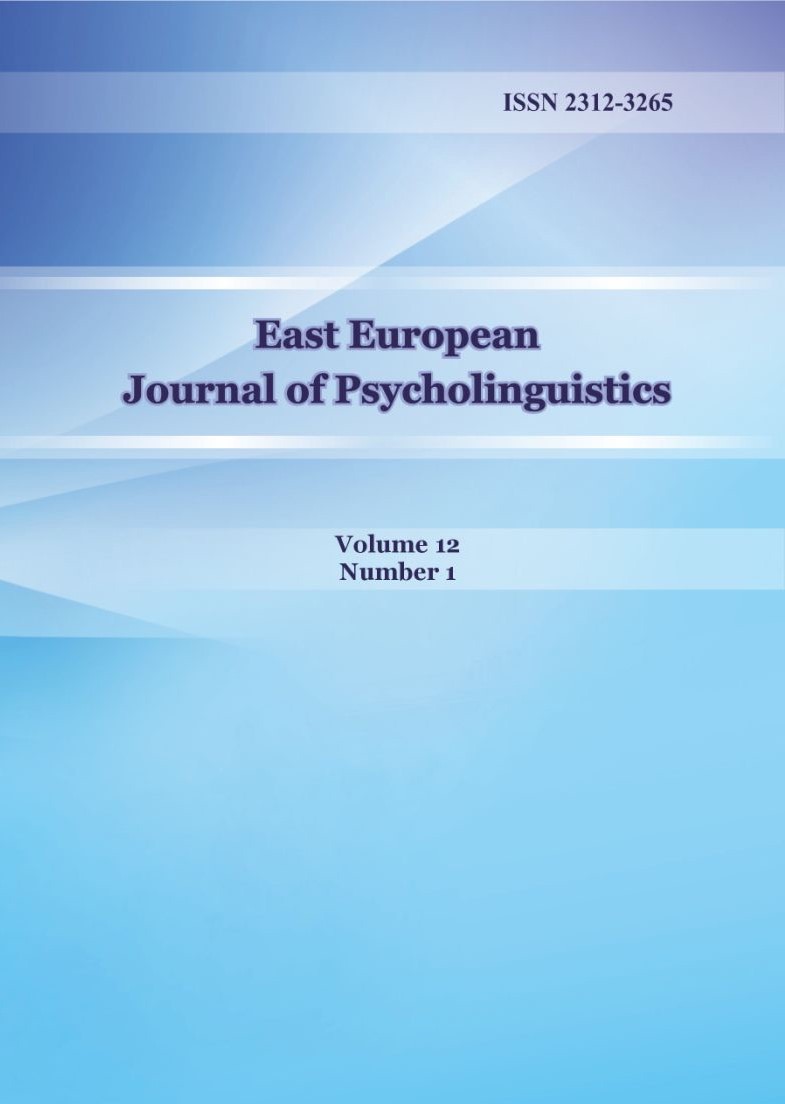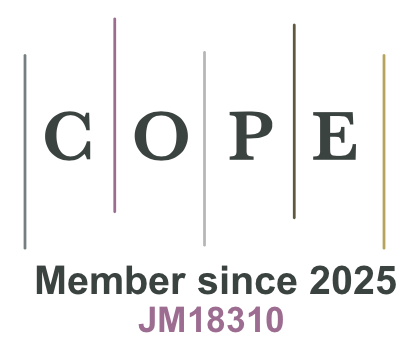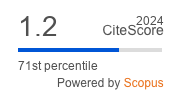Multimodal Critical Discourse Analysis of political cartoons
DOI:
https://doi.org/10.29038/eejpl.2025.12.1.makKeywords:
multimodal Critical Discourse Analysis, sanctions, visual and verbal components, political cartoonsAbstract
This article investigates political cartoons related to sanctions on Russia following its invasion of Ukraine, using Multimodal Critical Discourse Analysis (CDA). The selected corpus, drawn from specialized digital repositories, illustrates thematic representations of the effectiveness or ineffectiveness of restrictive measures. Through analytical tools grounded in the triadic model of sender, code, and receiver, the study aims to uncover latent meanings conveyed through the interplay of verbal and non-verbal modes. Cartoons portray political figures, symbols, and events, often employing prototypes and tools to highlight specific actions and their perceived outcomes. Their multimodal nature combined with satire, metaphor, and criticism makes them especially potent for critical discourse analysis, shaped by historical, political and sociocultural factors. The analysis identifies several communication strategies that implicitly influence public opinion. Cartoons supporting sanctions often depict the Russian nation and its president through denigration, emotional appeals, and fear-based imagery, fostering solidarity with Ukraine and promoting negative assessments of Russian leadership. Conversely, cartoons emphasising the ineffectiveness of sanctions draw attention to Russia’s circumvention tactics, profits from energy exports, and the economic risks to sanctioning nations. These representations may push international leaders toward seeking a ceasefire or, alternatively, undermine support for sanctions and democratic values. Ultimately, political cartoons emerge as semantically rich, visually concise instruments requiring significant background knowledge for proper interpretation. They function not only as tools of critique but also as persuasive media, influencing public discourse on the legitimacy and consequences of geopolitical actions. Based on the analyzed corpus, it has been established that political cartoons simultaneously highlight the ineffectiveness of the chosen mechanisms. On the one hand, they call on international leaders to consolidate efforts toward achieving a ceasefire and preventing potential threats to European security. On the other hand, they contribute to the weakening and delegitimization of sanction-related actions, thereby undermining democratic values and serving as a potential lever for the withdrawal of support for Ukraine.
Disclosure Statement
The authors reported no potential conflicts of interest.
Downloads
References
Abraham, L. (2009). Effectiveness of cartoons as a uniquely visual medium for orienting social issues. Journalism & Communication Monographs, 11(2), 117–165. https://doi.org/10.1177/15226379090110020
Berkmanas, T. (2016). Doing sanctions with words: legacy, scope, fairness and future (?) of a reprimand. International Journal of Law, Language & Discourse, 6, 29–36.
El Refaie, E. (2009). Multiliteracies: How readers interpret political cartoons. Visual Communication, 8(2), 181–205. https://doi.org/10.1177/1470357209102113
Fiske, S. T., & Taylor, S. E. (2017). Social cognition: from brains to culture (3rd edition). SAGE Publications.
Genova, D. (2018). Grasping political cartoons?. The European Journal of Humour Research, 6(1), 85–99.
Gloria, E. V. (2023). Justifying economic coercion: The discourse of victimhood in China’s unilateral sanctions policy. The Pacific Review, 36(3), 521–551. https://doi.org/10.1080/09512748.2021.1980605
Halliday, M. A. K., & Matthiessen, C. M. I. M. (2004). An introduction to functional grammar (3rd ed.). Oxford University Press.
Hussein, I. (2019). Analyzing political cartoons in Arabic-language media after Trump’s Jerusalem move: A multimodal discourse perspective. International Journal of Cognitive and Language Sciences, 13(4), 451–465.
Jewitt, C., Bezemer, J., & O'Halloran, K. (2016). Introducing multimodality. Routledge.
Kress, G. (2023). Multimodal discourse analysis. The Routledge Handbook of Discourse Analysis (pp. 35–51). Routledge.
Kress, G. R., & Van Leeuwen, T. (2006). Reading images: the grammar of visual design (2nd ed). Routledge.
Ledin, P., & Machin, D. (2017). Multimodal critical discourse analysis. In The Routledge Handbook of Critical Discourse studies (pp. 60–76). Routledge.
Ledin, P., & Machin, D. (2019). Doing critical discourse studies with multimodality: from metafunctions to materiality. Critical Discourse Studies, 16(5), 497–513. https://doi.org/10.1080/17405904.2018.1468789
Masaka, D. (2012). Paradoxes in the ‘Sanctions Discourse’ in Zimbabwe: a critical reflection. African Study Monographs, 33(1), 49–71.
Stockl, H. (2004). In between modes: Language and image in printed media. In E. Ventola, C.Charles & M. Kaltenbacher (Eds.), Perspectives of Multimodality (pp. 9–30). John Benjamins.
Umer, A., Asghar, I., Qasim, Z., Ahmad, N. N., & Hassan, A. (2024). Print media as a vehicle of narrative building: A multimodal discourse analysis of political caricatures. Migration Letters, 21(s11), 223–241.
Van Dijk, T. A. (1989). Social cognition and discourse. Handbook of Language and Social Psychology (pp. 163–183). Wiley.
Van Dijk, T. A. (1995). Aims of critical discourse analysis. Japanese Discourse, 1(1), 17–28.
Van Dijk, T. A. (1995). Discourse analysis as ideology analysis. In Language & Peace (pp. 17–33). Routledge.
Sources
Chazan, Y. (2024, January 16). How the Russian Economy Survives Western Sanctions. Geopolitical Monitor. Retrieved from https://www.geopoliticalmonitor.com/how-russia-survives-western-sanctions/
EU sanctions against Russia explained. (Last Review: 2025, February 25). Council of the EU. Retrieved from https://www.consilium.europa.eu/en/policies/sanctions-against-russia-explained/
Kulikov, V. (n. d.). Economic Sanctions are Insufficient to Stop the War. Review of Democracy. Review of Democracy. Retrieved from https://revdem.ceu.edu/2023/03/24/economic-sanctions-are-insufficient-to-stop-the-war/
Plummer, K. (2025, January 11). US firms pay over $1 billion in taxes to Russia Amid Ongoing Ukraine war. Newsweek. Retrieved from https://www.newsweek.com/us-companies-pay-over-1-billion-taxes-russia-amid-ongoing-ukraine-war-2012473.
Russia’s war of aggression against Ukraine: EU adopts 15th package of restrictive measures (2024, December 16). Council of the EU. Retrieved from https://www.consilium.europa.eu/en/press/press-releases/2024/12/16/russia-s-war-of-aggression-against-ukraine-eu-adopts-15th-package-of-restrictive-measures/.
Russian oil and gas revenues jump 26% in 2024 to $108 billion. (2025, January 13). Reuters. Retrieved from https://www.reuters.com/business/energy/russian-oil-gas-revenues-jump-26-2024-108-bln-2025-01-13/.
Smeets, M. (2018). Can economic sanctions be effective?, WTO Staff Working Paper, No. ERSD-2018-03, World Trade Organization (WTO), Geneva. DOI: https://doi.org/10.30875/0b967ac6-en.
Szyszczak, E. (2025, February 19). Sanctions effectiveness: what lessons three years into the war on Ukraine? Economics Observatory. Retrieved from https://www.economicsobservatory.com/sanctions-effectiveness-what-lessons-three-years-into-the-war-on-ukraine.
The ruble falls: what is happening to russia’s currency. (2024, November 15). Center For Countering Disinformation. Retrieved from https://cpd.gov.ua/en/results/rf-en/the-ruble-falls-what-is-happening-to-russias-currency/.
Vladimir Putin's approval rating in Russia monthly 1999–2025. (2025, February 25). Statista. Retrieved from https://www.statista.com/statistics/896181/putin-approval-rating-russia/
Downloads
Published
Issue
Section
License
Copyright (c) 2025 Larysa Makaruk, Yurii Zablotskyi, Iryna Charikova

This work is licensed under a Creative Commons Attribution 4.0 International License.












 Creative Commons «Attribution» 4.0
Creative Commons «Attribution» 4.0